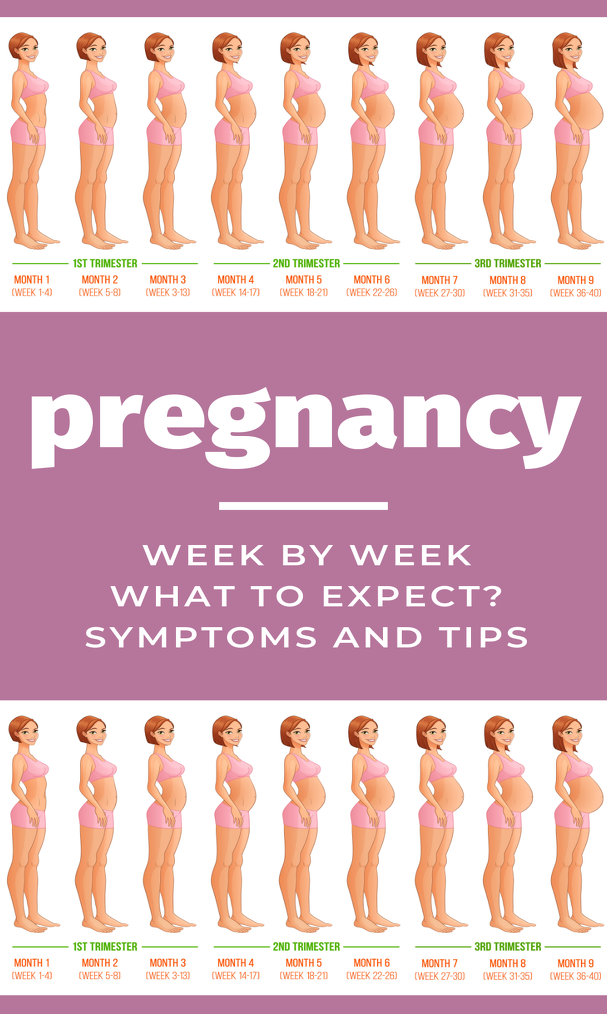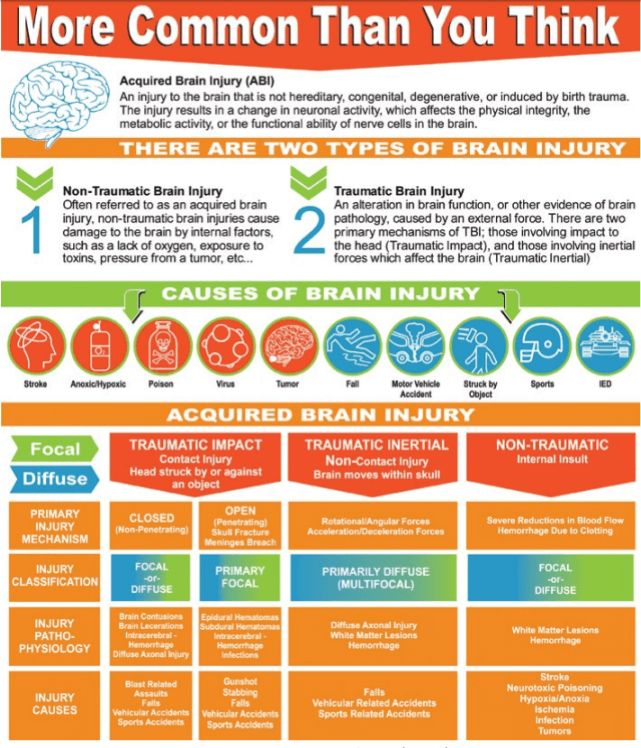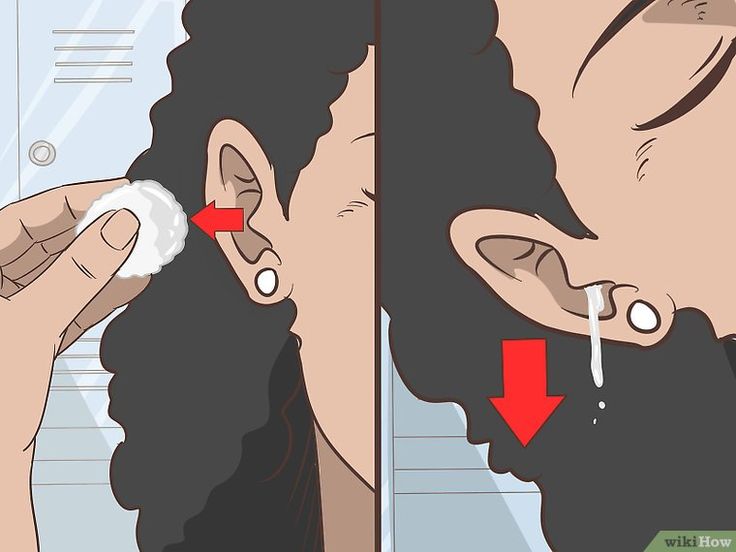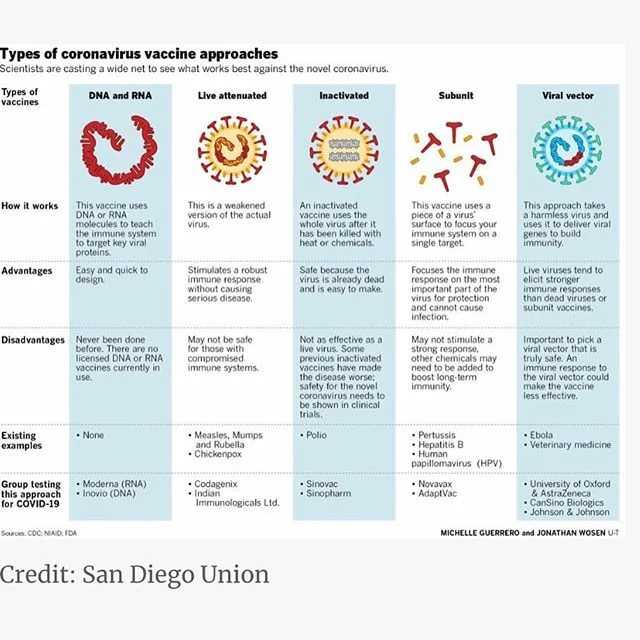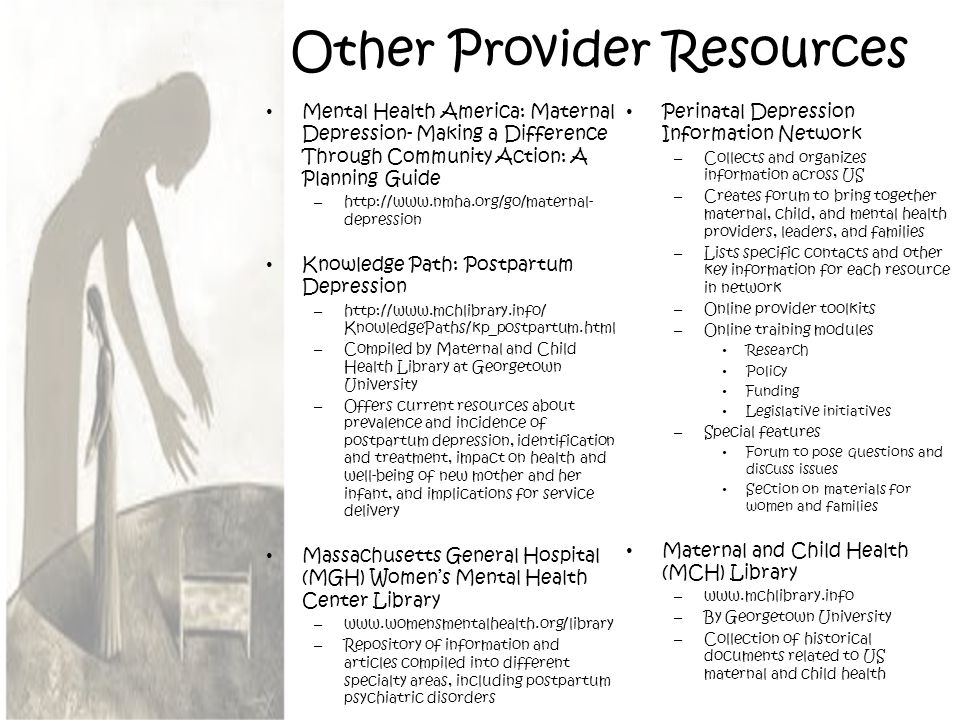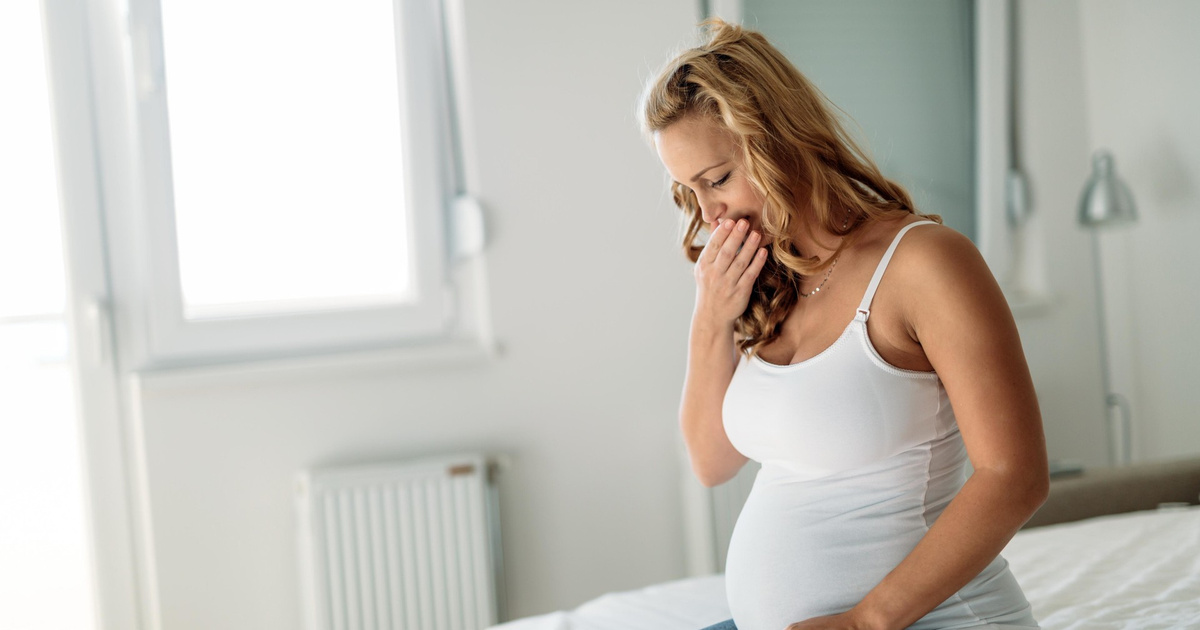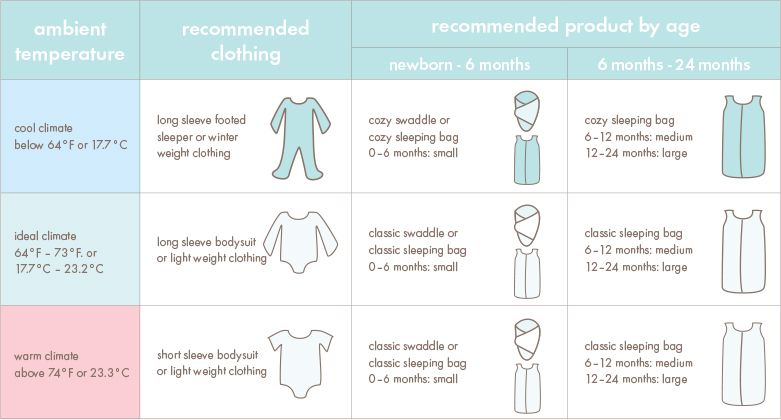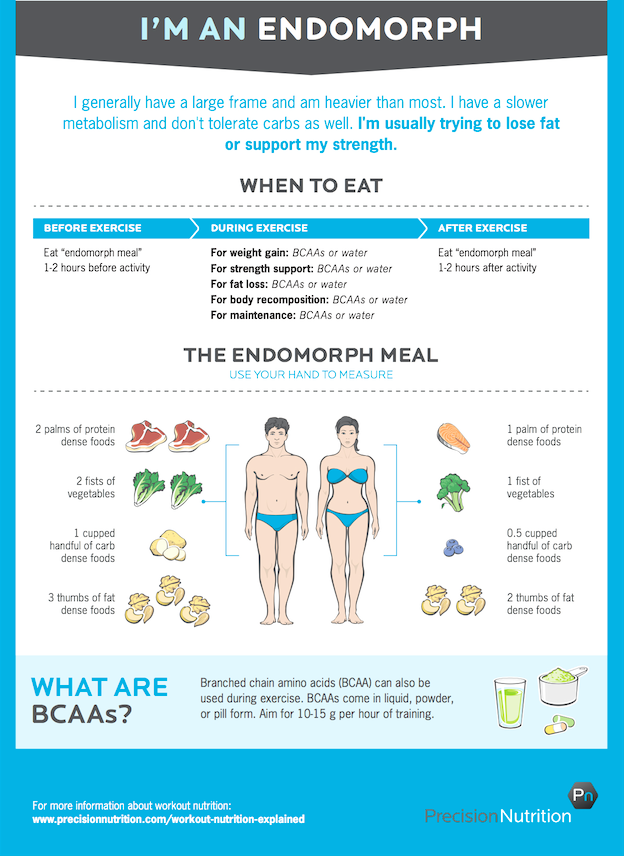Gestation weeks pregnant
Pregnancy - week by week
The unborn baby spends around 38 weeks in the womb, but the average length of pregnancy (gestation) is counted as 40 weeks. This is because pregnancy is counted from the first day of the woman’s last period, not the date of conception, which generally occurs two weeks later.
Pregnancy is divided into three trimesters:
- First trimester – conception to 12 weeks
- Second trimester – 12 to 24 weeks
- Third trimester – 24 to 40 weeks.
Conception
The moment of conception is when the woman’s ovum (egg) is fertilised by the man’s sperm. The gender and inherited characteristics are decided in that instant.
Week 1
This first week is actually your menstrual period. Because your expected birth date (EDD or EDB) is calculated from the first day of your last period, this week counts as part of your 40-week pregnancy, even though your baby hasn’t been conceived yet.
Week 2
Fertilisation of your egg by the sperm will take place near the end of this week.
Week 3
Thirty hours after conception, the cell splits into two. Three days later, the cell (zygote) has divided into 16 cells. After two more days, the zygote has migrated from the fallopian tube to the uterus (womb). Seven days after conception, the zygote burrows itself into the plump uterine lining (endometrium). The zygote is now known as a blastocyst.
Week 4
The developing baby is tinier than a grain of rice. The rapidly dividing cells are in the process of forming the various body systems, including the digestive system.
Week 5
The evolving neural tube will eventually become the central nervous system (brain and spinal cord).
Week 6
The baby is now known as an embryo.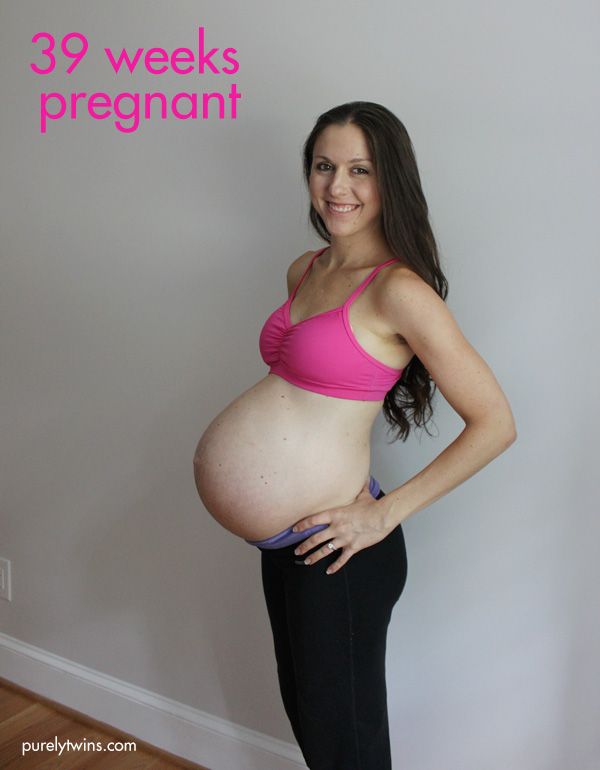 It is around 3 mm in length. By this stage, it is secreting special hormones that prevent the mother from having a menstrual period.
It is around 3 mm in length. By this stage, it is secreting special hormones that prevent the mother from having a menstrual period.
Week 7
The heart is beating. The embryo has developed its placenta and amniotic sac. The placenta is burrowing into the uterine wall to access oxygen and nutrients from the mother’s bloodstream.
Week 8
The embryo is now around 1.3 cm in length. The rapidly growing spinal cord looks like a tail. The head is disproportionately large.
Week 9
The eyes, mouth and tongue are forming. The tiny muscles allow the embryo to start moving about. Blood cells are being made by the embryo’s liver.
Week 10
The embryo is now known as a fetus and is about 2.5 cm in length. All of the bodily organs are formed. The hands and feet, which previously looked like nubs or paddles, are now evolving fingers and toes. The brain is active and has brain waves.
The brain is active and has brain waves.
Week 11
Teeth are budding inside the gums. The tiny heart is developing further.
Week 12
The fingers and toes are recognisable, but still stuck together with webs of skin. The first trimester combined screening test (maternal blood test + ultrasound of baby) can be done around this time. This test checks for trisomy 18 (Edward syndrome) and trisomy 21 (Down syndrome).
Week 13
The fetus can swim about quite vigorously. It is now more than 7 cm in length.
Week 14
The eyelids are fused over the fully developed eyes. The baby can now mutely cry, since it has vocal cords. It may even start sucking its thumb. The fingers and toes are growing nails.
Week 16
The fetus is around 14 cm in length. Eyelashes and eyebrows have appeared, and the tongue has tastebuds.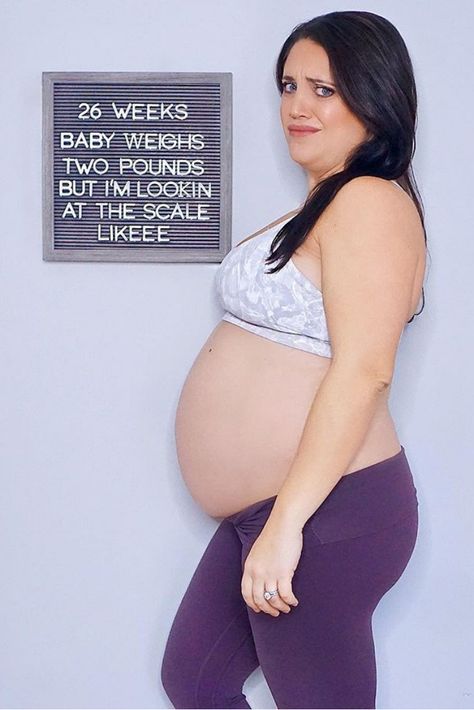 The second trimester maternal serum screening will be offered at this time if the first trimester test was not done (see week 12).
The second trimester maternal serum screening will be offered at this time if the first trimester test was not done (see week 12).
Week 18-20
An ultrasound will be offered. This fetal morphology scan is to check for structural abnormalities, position of placenta and multiple pregnancies. Interestingly, hiccoughs in the fetus can often be observed.
Week 20
The fetus is around 21 cm in length. The ears are fully functioning and can hear muffled sounds from the outside world. The fingertips have prints. The genitals can now be distinguished with an ultrasound scan.
Week 24
The fetus is around 33 cm in length. The fused eyelids now separate into upper and lower lids, enabling the baby to open and shut its eyes. The skin is covered in fine hair (lanugo) and protected by a layer of waxy secretion (vernix). The baby makes breathing movements with its lungs.
Week 28
Your baby now weighs about 1 kg (1,000 g) or 2 lb 2oz (two pounds, two ounces) and measures about 25 cm (10 inches) from crown to rump. The crown-to-toe length is around 37 cm. The growing body has caught up with the large head and the baby now seems more in proportion.
Week 32
The baby spends most of its time asleep. Its movements are strong and coordinated. It has probably assumed the ‘head down’ position by now, in preparation for birth.
Week 36
The baby is around 46 cm in length. It has probably nestled its head into its mother’s pelvis, ready for birth. If it is born now, its chances for survival are excellent. Development of the lungs is rapid over the next few weeks.
Week 40
The baby is around 51 cm in length and ready to be born. It is unknown exactly what causes the onset of labour. It is most likely a combination of physical, hormonal and emotional factors between the mother and baby.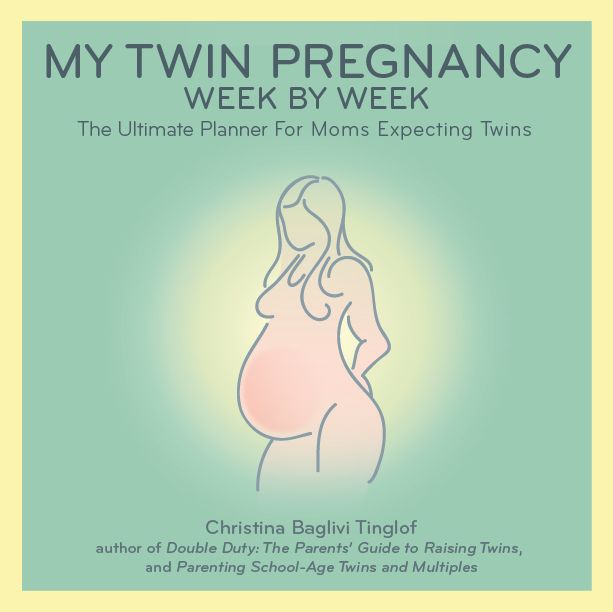
Where to get help
- Your doctor
- Obstetrician
- Midwife
Things to remember
- Pregnancy is counted as 40 weeks, starting from the first day of the mother’s last menstrual period. Your estimated date to birth is only to give you a guide. Babies come when they are ready and you need to be patient.
- The gender and inherited characteristics of the baby are decided at the moment of conception.
10 Things That Might Surprise You About Being Pregnant (for Parents)
Pregnancy info is everywhere. At your first prenatal visit, your doctor will likely give you armfuls of pamphlets that cover every test and trimester.
Despite all this information, here are 10 common surprises that pregnancy can bring.
1. The Nesting Instinct
Many pregnant women feel the nesting instinct, a powerful urge to prepare their home for the baby by cleaning and decorating.
As your due date draws closer, you may find yourself cleaning cupboards or washing walls — things you never would have imagined doing in your ninth month of pregnancy! This desire to prepare your home can be useful — you'll have fewer to-do items after the birth.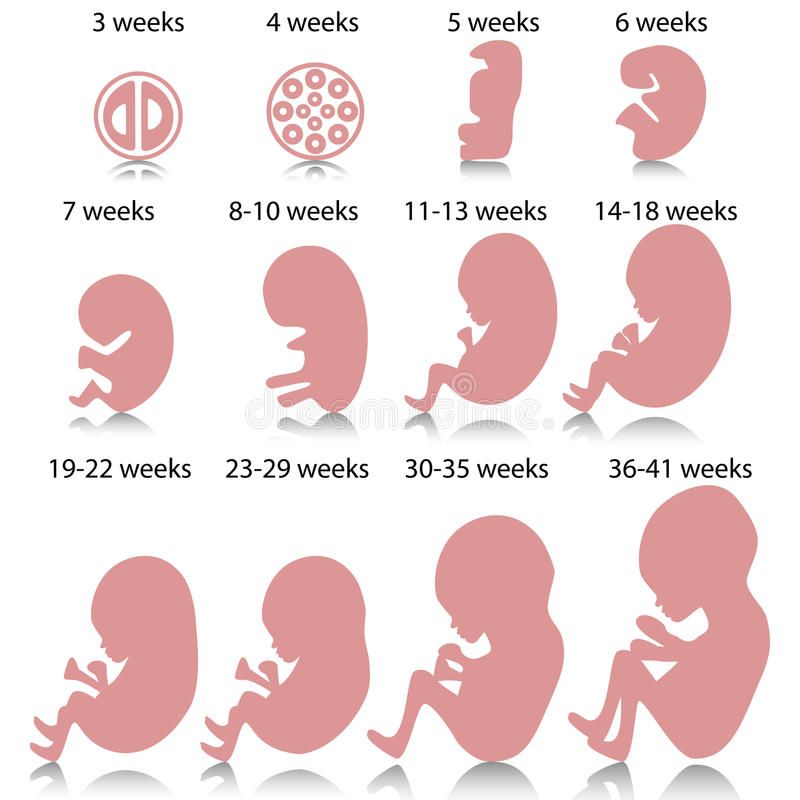 But be careful not to overdo it.
But be careful not to overdo it.
2. Problems With Concentration
In the first trimester, tiredness and morning sickness can make many women feel worn out and mentally fuzzy. But even well-rested pregnant women may have trouble concentrating and periods of forgetfulness.
Thinking about the baby plays a role, as do hormonal changes. Everything — including work, bills, and doctor appointments — may seem less important than the baby and the coming birth. Making lists can help you remember dates and appointments.
3. Mood Swings
Premenstrual syndrome and pregnancy are alike in many ways. Your breasts swell and become tender, your hormones go up and down, and you may feel moody. If you have PMS, you're likely to have more severe mood swings during pregnancy. They can make you go from being happy one minute to feeling like crying the next.
Mood swings are very common during pregnancy. They tend to happen more in the first trimester and toward the end of the third trimester.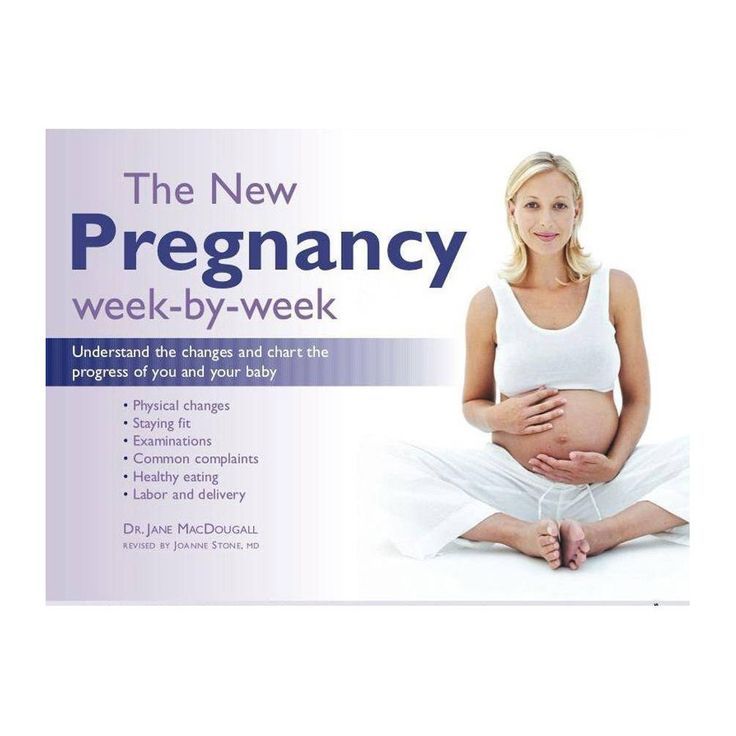
Many pregnant women have depression during pregnancy. If you have symptoms such as sleep problems, changes in eating habits, and mood swings for longer than 2 weeks, talk to your health care provider.
4. Bra Size
An increase in breast size is one of the first signs of pregnancy. Breast growth in the first trimester is due to higher levels of the hormones
estrogenand progesterone. That growth in the first trimester might not be the end, either — your breasts can continue to grow throughout your pregnancy!
Your bra size also can be affected by your ribcage. When you're pregnant, your lung capacity increases so you can take in extra oxygen, which may lead to a bigger chest size. You may need to replace your bras several times during your pregnancy.
5. Skin Changes
Do your friends say you have that pregnancy glow? It's one of many effects that can come from hormonal changes and your skin stretching.
Pregnant women have increased blood volume to provide extra blood flow to the uterus and other organs, especially the kidneys. The greater volume brings more blood to the vessels and increases oil gland secretion.
The greater volume brings more blood to the vessels and increases oil gland secretion.
Some women develop brownish or yellowish patches called chloasma, or the "mask of pregnancy," on their faces. And some will notice a dark line on the midline of the lower abdomen, known as the linea nigra (or linea negra). They can also have hyperpigmentation (darkening of the skin) of the nipples, external genitalia, and anal region. That's because pregnancy hormones cause the body to make more pigment.
This increased pigment might not be even, so the darkened skin may appear as splotches of color. Chloasma can't be prevented, but wearing sunscreen and avoiding UV light can minimize its effects.
Acne is common during pregnancy because the skin's sebaceous glands make more oil. And moles or freckles that you had before pregnancy may get bigger and darker. Most of these skin changes should go away after you give birth.
Many pregnant women also get heat rash, caused by dampness and sweating.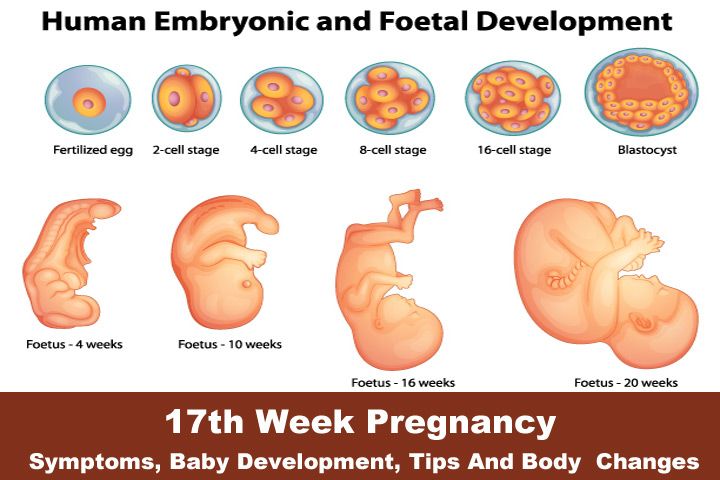 In general, pregnancy can be an itchy time for a woman. Skin stretching over the abdomen may cause itchiness and flaking. Your doctor can recommend creams to soothe dry or itchy skin.
In general, pregnancy can be an itchy time for a woman. Skin stretching over the abdomen may cause itchiness and flaking. Your doctor can recommend creams to soothe dry or itchy skin.
page 4
6. Hair and Nails
Many women have changes in hair texture and growth during pregnancy. Hormones can make your hair grow faster and fall out less. But these hair changes usually aren't permanent. Many women lose some hair in the postpartum period or after they stop breastfeeding.
Some women find that they grow hair in unwanted places, such as on the face or belly or around the nipples. Changes in hair texture can make hair drier or oilier. Some women even find their hair changing color.
Nails, like hair, can change during pregnancy. Extra hormones can make them grow faster and become stronger. Some women, though, find that their nails split and break more easily during pregnancy. Like the changes in hair, nail changes aren't permanent. If your nails split and tear more easily when you're pregnant, keep them trimmed and avoid the chemicals in nail polish and nail polish remover.
7. Shoe Size
Even though you can't fit into any of your pre-pregnancy clothes, you still have your shoes, right? Maybe — but maybe not. Extra fluid in their pregnant bodies mean that many women have swollen feet and need to wear a larger shoe size. Wearing slip-on shoes in a larger size can be more comfortable, especially in the summer months.
8. Joint Mobility
During pregnancy, your body makes the hormone relaxin, which is believed to help prepare the pubic area and the cervix for the birth. Relaxin loosens the ligaments in your body, making you less stable and more at risk for injury. It's easy to overstretch or strain yourself, especially the joints in your pelvis, lower back, and knees. When exercising or lifting objects, go slowly and avoid sudden, jerking movements.
9. Varicose Veins, Hemorrhoids, and Constipation
Varicose veins, usually found in the legs and genital area, happen when blood pools in veins enlarged by pregnancy hormones. Varicose veins often go away after pregnancy.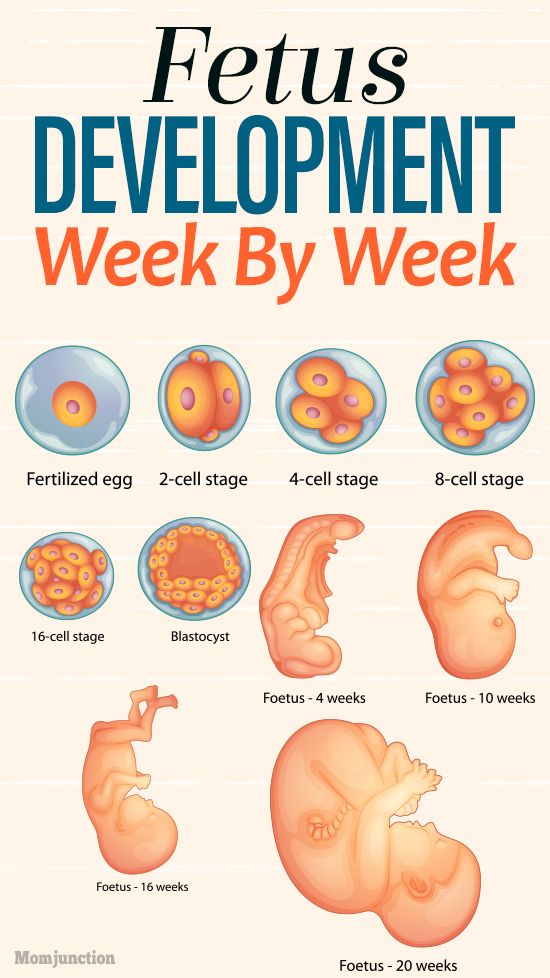 To help prevent them:
To help prevent them:
- avoid standing or sitting for long periods
- wear loose-fitting clothing
- wear support hose
- raise your feet when you sit
Hemorrhoids — varicose veins in the rectum — are common during pregnancy as well. Your blood volume has increased and your uterus puts pressure on your pelvis. So the veins in your rectum may enlarge into grape-like clusters. Hemorrhoids can be very painful, and can bleed, itch, or sting, especially during or after a bowel movement (BM).
Constipation is another common pregnancy woe. It happens because pregnancy hormones slow the passing of food through the gastrointestinal tract. During the later stages of pregnancy, your uterus may push against your large intestine, making it hard for you to have a BM. And constipation can contribute to hemorrhoids because straining to go may enlarge the veins of the rectum.
The best way to deal with constipation and hemorrhoids is to prevent them.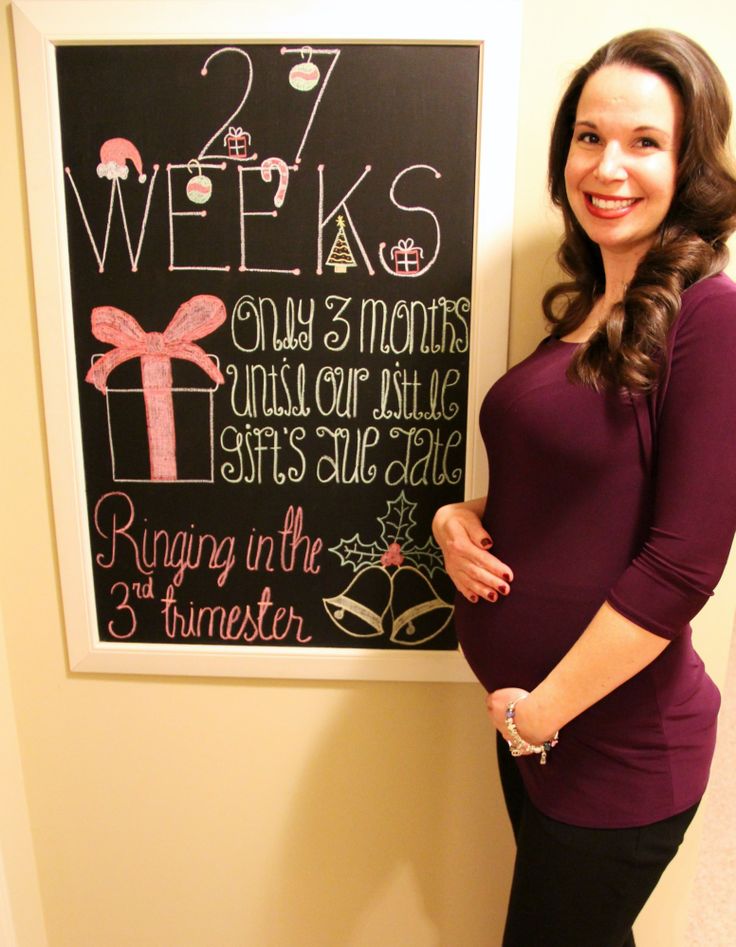 Eating a fiber-rich diet, drinking plenty of liquids daily, and exercising regularly can help keep BMs regular. Stool softeners (not laxatives) may also help. If you do have hemorrhoids, talk to your health care provider about a cream or ointment that can shrink them.
Eating a fiber-rich diet, drinking plenty of liquids daily, and exercising regularly can help keep BMs regular. Stool softeners (not laxatives) may also help. If you do have hemorrhoids, talk to your health care provider about a cream or ointment that can shrink them.
10. Things That Come Out of Your Body During Labor
So you've survived the mood swings and the hemorrhoids, and you think your surprises are over. But the day you give birth will probably hold the biggest surprises of all.
During pregnancy, fluid surrounds your baby in the amniotic sac. This sac breaks (or "ruptures") at the start of or during labor — a moment usually referred to as your water breaking. For most women in labor, contractions start before their water breaks. Sometimes the doctor has to rupture the amniotic sac (if the cervix is already dilated).
How much water can you expect? For a full-term baby, there are about 2 to 3 cups of amniotic fluid. Some women may feel an intense urge to pee that leads to a gush of fluid when their water breaks.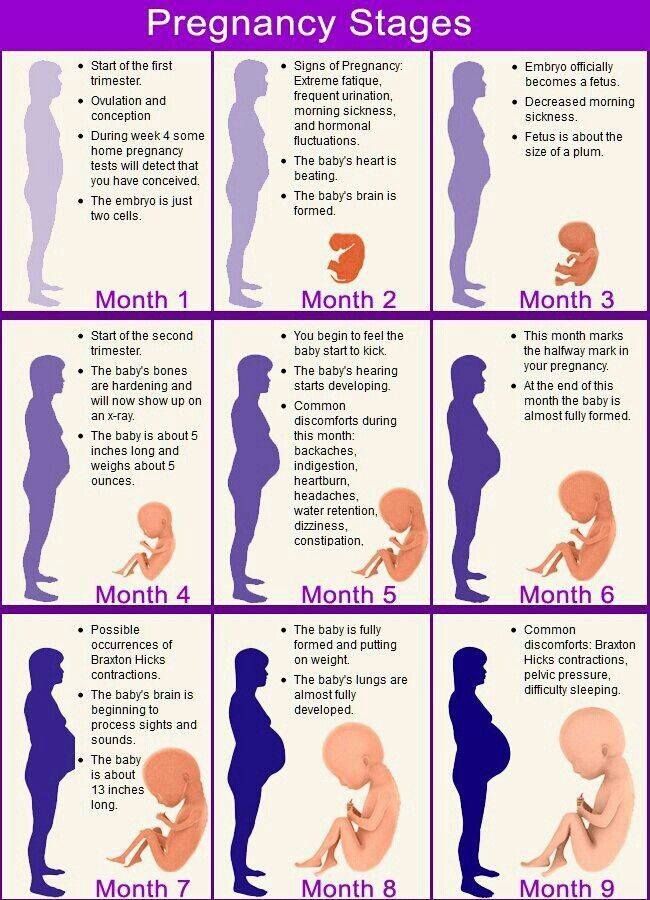 Others may only feel a trickling down their leg because the baby's head acts like a stopper to prevent most of the fluid from leaking out.
Others may only feel a trickling down their leg because the baby's head acts like a stopper to prevent most of the fluid from leaking out.
Amniotic fluid is generally sweet-smelling and pale or colorless. It's replaced by your body every 3 hours, so don't be surprised if you continue to leak fluid, about a cup an hour, until delivery.
Other, unexpected things may come out of your body during labor. Some women have nausea and vomiting. Others have diarrhea before or during labor, and passing gas is also common. During the pushing phase of labor, you may lose control of your bladder or bowels.
A birth plan can help communicate your wishes to your health care providers about how to handle these and other aspects of labor and delivery.
Lots of surprises are in store for you when you're pregnant — but none sweeter than the way you'll feel once your newborn is in your arms!
Pregnancy calendar
You are pregnant! Your baby will be born in 40 weeks. What changes will occur in your body, how your baby will grow will tell "Calendar of pregnancy".
1-2 weeks
Pregnancy begins at the moment of fertilization or conception.
Fertilization is a complex biological process of the fusion of female and male germ cells (egg and sperm). The resulting cell (zygote) is a new daughter organism.
A mature egg leaves the ovary approximately on the 12-14th day of the menstrual cycle (ovulation) and enters the fallopian tube, where it remains viable for 24 hours. During an orgasm, a man ejects from 200 to 400 million spermatozoa into the woman's vagina. Some of them penetrate through the cervix into the uterine cavity, and from there into the fallopian tubes. Here, spermatozoa retain the ability to fertilize for 48 hours. Thus, within 6-7 days of a woman's menstrual cycle, conception is possible.
Fertilization of the female egg is performed by a single sperm in the upper part of the fallopian tube. There are two types of sperm: those containing the Y chromosome (“male”) and the X chromosome (“female”).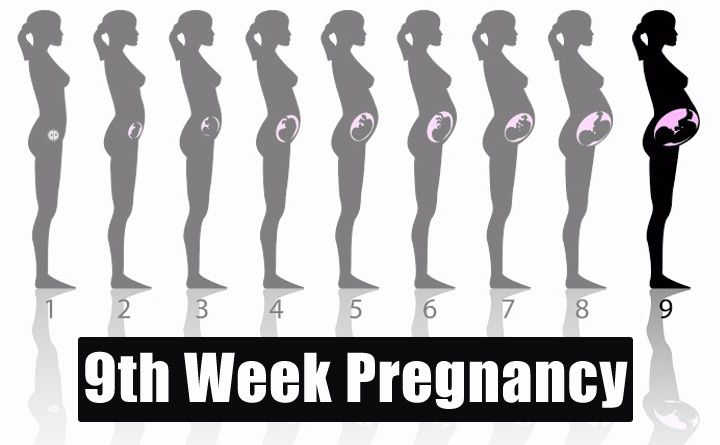 When an egg cell (containing the X chromosome) fuses with a sperm cell, their genetic material is combined and the sex of the child is determined. If there are two X chromosomes in the child's genetic makeup, it's a girl; if an X chromosome and a Y chromosome, it's a boy. It is impossible to change the sex of the child, so you should not follow the "folk beliefs" that guarantee the birth of a child of a given gender.
When an egg cell (containing the X chromosome) fuses with a sperm cell, their genetic material is combined and the sex of the child is determined. If there are two X chromosomes in the child's genetic makeup, it's a girl; if an X chromosome and a Y chromosome, it's a boy. It is impossible to change the sex of the child, so you should not follow the "folk beliefs" that guarantee the birth of a child of a given gender.
The fertilized egg begins to divide with the formation of a multicellular organism and move through the fallopian tube into the uterine cavity. During this period, the nutrition of the embryo is carried out at the expense of those substances that have been accumulated in the egg. If the peristalsis of the tube is slowed down (due to inflammatory diseases), the embryo penetrates the wall of the fallopian tube with the occurrence of an ectopic pregnancy.
Implantation (introduction) of the embryo into the uterine wall occurs 7-8 days after fertilization.
On the seventh day of pregnancy, the outer layer of the embryo (trophoblast) begins to produce a hormone - chorionic gonadotropin.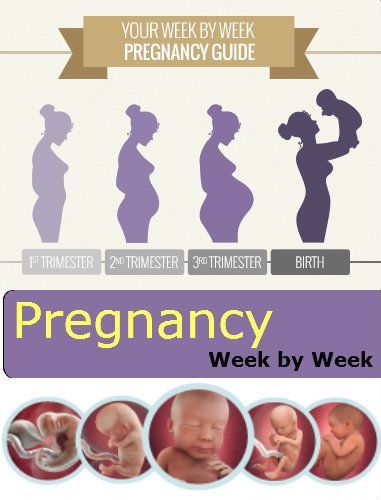 This hormone gives the mother's body information that pregnancy has occurred, and begins its functional restructuring. Diagnostic test strips detect the chorionic gonadotropin in the urine of a pregnant woman, which makes it possible to diagnose pregnancy at an early stage.
This hormone gives the mother's body information that pregnancy has occurred, and begins its functional restructuring. Diagnostic test strips detect the chorionic gonadotropin in the urine of a pregnant woman, which makes it possible to diagnose pregnancy at an early stage.
3-4 weeks
You do not have the expected menstruation, nausea in the morning, and frequent urination during the day. You become emotionally labile, irritable, whiny. Basal body temperature is above 37°C.
In appearance, your unborn baby resembles a small auricle measuring 4 mm, surrounded by a small amount of amniotic fluid. On the 21st day after conception, the brain and spinal cord are formed. By the end of the first month, the circulation of embryonic blood is established, the umbilical cord has formed - the connection of the embryo with the future placenta. The eye sockets, the rudiments of arms and legs appeared, the laying and development of other internal organs of the fetus is underway: the liver, kidneys, urinary tract, and digestive organs.
5-6 weeks
You no longer doubt that you are pregnant. Regardless of how you feel, all pregnant women need to visit a antenatal clinic and undergo an examination that will allow you to identify and correct existing health problems in time.
Starting from the 5th week, there may be a threat of termination of pregnancy. This will be evidenced by: periodic pain in the lower abdomen and in the lumbar region, a feeling of pressure on the rectum, an increased amount of mucus. If you experience these symptoms, you should consult a doctor.
By week 6, the face is formed in the embryo: eyes, nose, jaws and limbs.
7-8 weeks
From the 7th week of pregnancy, the yellow body of pregnancy undergoes reverse development, the production of hormones begins to be carried out by the forming placenta.
The baby develops large blood vessels, the heart becomes four-chambered. Bile ducts appear in the liver. There is a development of the endocrine glands, the brain.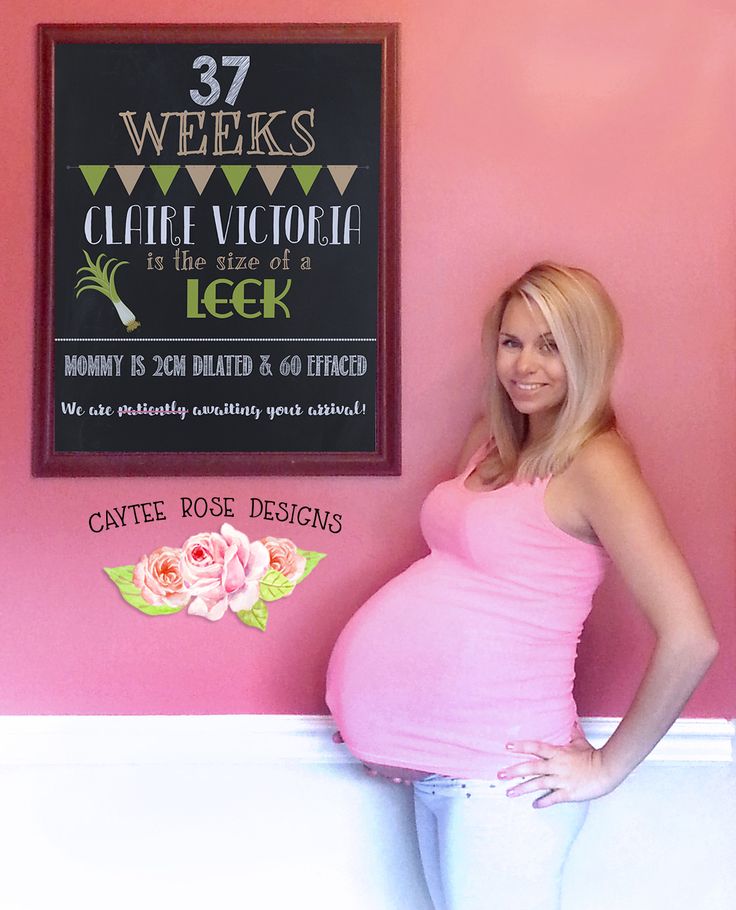 The auricles are already formed, fingers have appeared on the limbs. The embryo begins to move. At week 8, under the influence of the Y chromosome, the formation of male gonads (testicles) occurs. They begin to produce testosterone - the male sex hormone, which will lead to the formation of the sexual characteristics of the boy.
The auricles are already formed, fingers have appeared on the limbs. The embryo begins to move. At week 8, under the influence of the Y chromosome, the formation of male gonads (testicles) occurs. They begin to produce testosterone - the male sex hormone, which will lead to the formation of the sexual characteristics of the boy.
9-10 weeks
Your metabolism is changing significantly to provide the growing body with all the necessary "building materials" - amino acids, energy. Disadaptation to such a restructuring can result in toxicosis of the 1st half of pregnancy. It is characterized by nausea, vomiting, salivation, weight loss. When the first symptoms appear, consult a doctor.
At the tenth week, the development of the oral cavity, intestines, rectum, and bile ducts ends in the embryo. The formation of the face and hemispheres of the brain was completed. The development of the cerebellum, the main coordinator of movements, begins.
11-12 weeks
The body has adapted to the new conditions.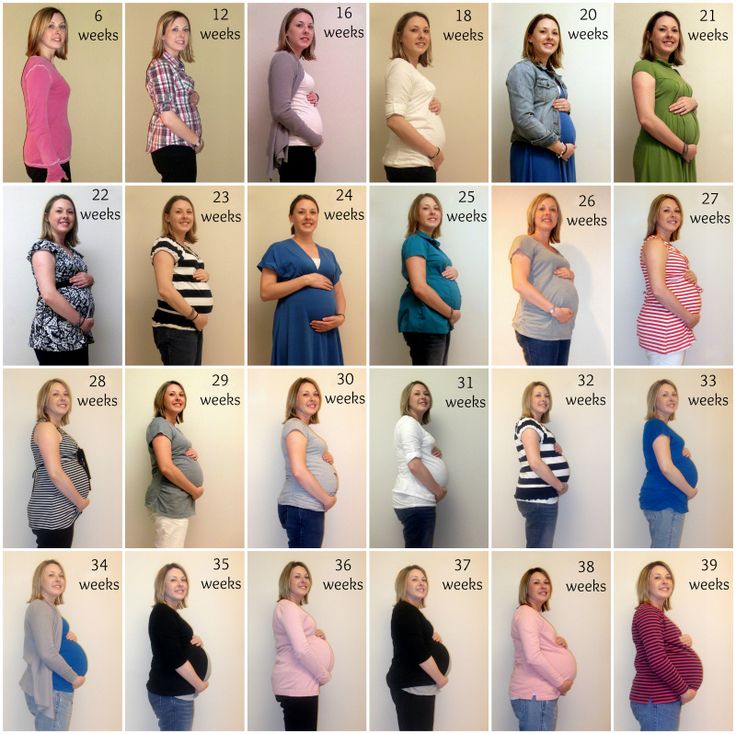 By this time, nausea, vomiting, salivation practically disappear. You become balanced, calm.
By this time, nausea, vomiting, salivation practically disappear. You become balanced, calm.
After 12 weeks, the growth of the uterus becomes noticeable
13-14 weeks
By this time, the formation of the main organs of the unborn child is completed. In appearance, the fetus resembles a small person.
15-16 weeks
A change in skin pigmentation is possible - the midline of the abdomen, nipples and the skin around them have darkened. These phenomena should pass soon after childbirth.
The formation of the placenta ends. The fetus and placenta represent a single functional system. During this period of pregnancy, the fetus floats freely in the amniotic fluid. The composition of the amniotic fluid can determine the condition of the fetus.
17-18 weeks
These days, your unborn child begins to move. His limbs, ligamentous apparatus, cerebellum have already developed enough. By this time, the formation of the immune system is completed.
19-20 weeks
There have been big changes in your body. The pulse quickened, cardiac output increased significantly (40% higher than the initial level) and the volume of circulating blood (almost 500 ml).
Due to the increased volume of plasma compared to the mass of red blood cells, hemoglobin decreases in blood tests.
Some women during this period experience frequent and painful urination, pain in the lumbar region on the right or left, weakness. A large uterus presses down on the bladder, the mouth of the ureters, disrupting the outflow of urine. Stagnation of urine and incomplete emptying of the renal pelvis create conditions for the development of infection. Bacteriuria develops and pyelonephritis of pregnant women may occur. If there is any suspicion of pyelonephritis, you should immediately consult a doctor, because this disease is not only dangerous for your health, but also for the further growth and development of the fetus.
The weight of the baby is 300-350 grams, he often and quite actively moves, swallows amniotic fluid, begins to open his eyes.
21-22 weeks
In these weeks, the fetus already has a mass of 400-500 grams, and it develops very intensively bones and muscles, which require calcium from your body. Therefore, if you do not want to lose your white-toothed smile, then, on the advice of your obstetrician-gynecologist, start taking calcium supplements regularly. This will help save your teeth and get rid of leg cramps. They appear for the same reason of calcium deficiency.
23-24 weeks
At this time, the weight of the fetus is 500-600 g. It already has all the organs and systems fully formed. Until that time, only his lungs remained immature. And now, by 24 weeks, they begin to ripen. And the cells lining the lung alveoli produce surfactant, a substance that, by lubricating the alveoli, prevents them from sticking together during breathing. However, the amount of surfactant is so small that a child born at this time will not be able to breathe on its own. To survive outside the uterus, he needs sophisticated breathing equipment, incubators, a control system, infusors for nutrition, infusion media, artificial surfactant.![]()
There are perinatal centers where children born during these terms of pregnancy are nursed. It is very difficult. And therefore, the longer the pregnancy is prolonged, the more likely the birth of a healthy and viable child. Therefore, try to do everything so that the child is born on time, full-term and healthy.
By this gestational age, the uterus is at a height of about 24 cm above the pubic bone, and now it not only builds up muscles, but is also stretched by the fetus that completely filled its cavity.
25-26 weeks
The fetus already has a mass of 700-750 g. Due to the improvement of the brain structures in his body, a connection is established with the adrenal cortex and they begin to produce corticoids - hormones necessary for adaptation. The pituitary gland of the fetus reaches such a degree of maturity that the production of adrenocorticotropic hormone begins, which also stimulates hormonal production by the adrenal glands. In short, all forces are thrown to the upcoming "publication".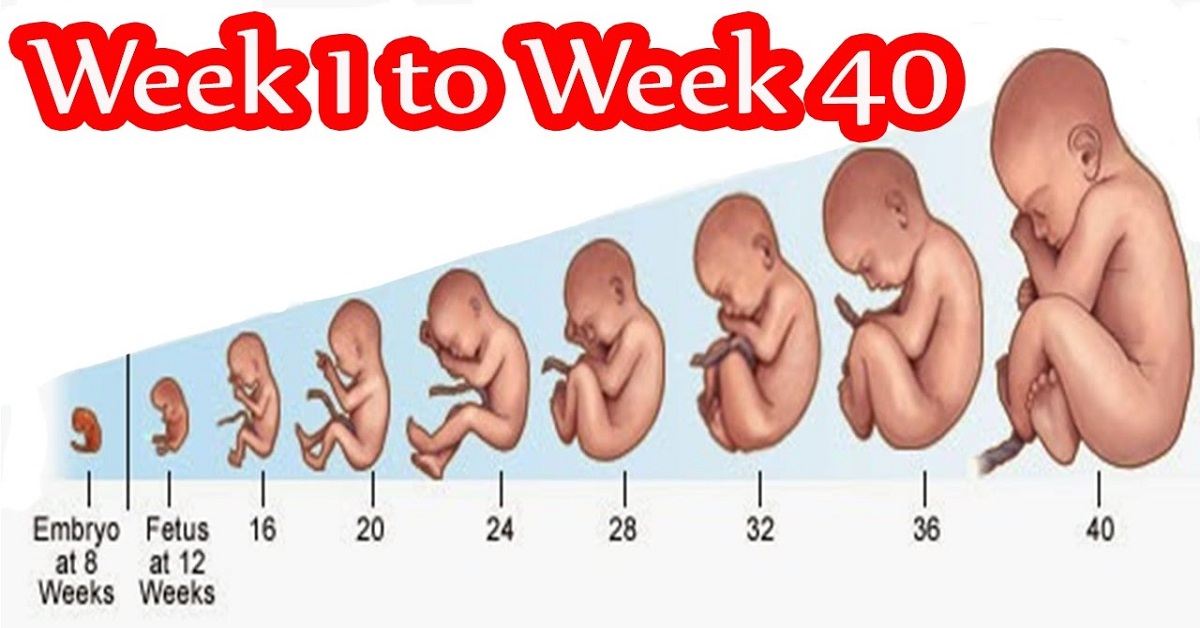 But the most obvious changes in these weeks occur in the lungs - there is an increased maturation of cells that produce surfactant. However, a fetus born during this period can only survive in incubators with artificial lung ventilation, artificial feeding with special infusion media. Therefore, try to keep both him and yourself from rash steps.
But the most obvious changes in these weeks occur in the lungs - there is an increased maturation of cells that produce surfactant. However, a fetus born during this period can only survive in incubators with artificial lung ventilation, artificial feeding with special infusion media. Therefore, try to keep both him and yourself from rash steps.
At this time, it's time to start preparing for the future feeding of the child. Under the influence of placental lactogen, your breasts, that is, the mammary glands, are growing rapidly. From time to time, droplets of colostrum may appear on the nipples. Daily air baths, washing with cool water, rubbing the nipples with a rough towel will help prepare the nipples for feeding. If the nipples are flat, start to stretch them little by little.
27-28 weeks
This period completes the second trimester of pregnancy. By this time, the fetus weighs up to 1000 g and has a height of up to 35 cm. However, he still cannot live on his own, because.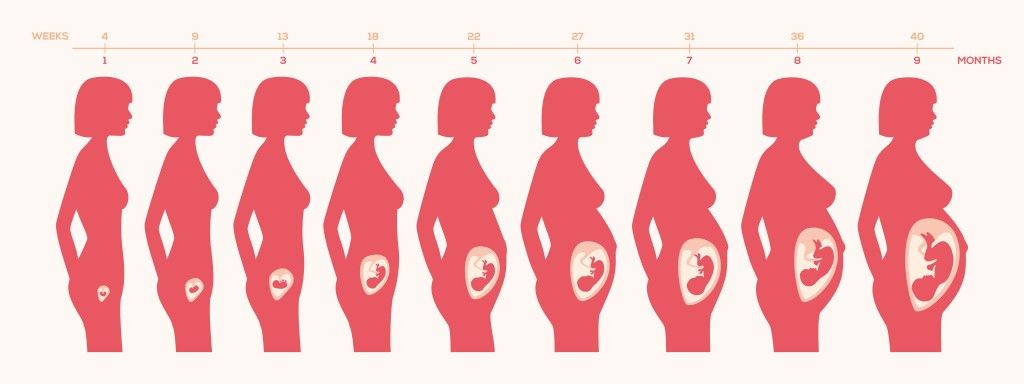 his lungs are not mature enough and special equipment is still needed to nurse him. During these periods of pregnancy, there is an intensive growth of the fetus, the formation of muscles. His movements become more active. Periods of movement alternate with its relatively calm state when the fetus is sleeping. With an ultrasound, you can see that he already knows how to suck his thumb and even smile!
his lungs are not mature enough and special equipment is still needed to nurse him. During these periods of pregnancy, there is an intensive growth of the fetus, the formation of muscles. His movements become more active. Periods of movement alternate with its relatively calm state when the fetus is sleeping. With an ultrasound, you can see that he already knows how to suck his thumb and even smile!
The fundus of the uterus stands on average at a height of 27-28 cm above the womb.
29-30 weeks
The third trimester of pregnancy begins. The uterus stands at a height of 29-30 cm, it becomes more difficult for you to breathe. Now one of the most serious complications can develop - toxicosis of the second half of pregnancy, which is characterized by the appearance of edema, increased blood pressure and the appearance of protein in the urine. For early diagnosis of this complication, it is necessary to carefully observe an obstetrician-gynecologist and follow all his recommendations, incl.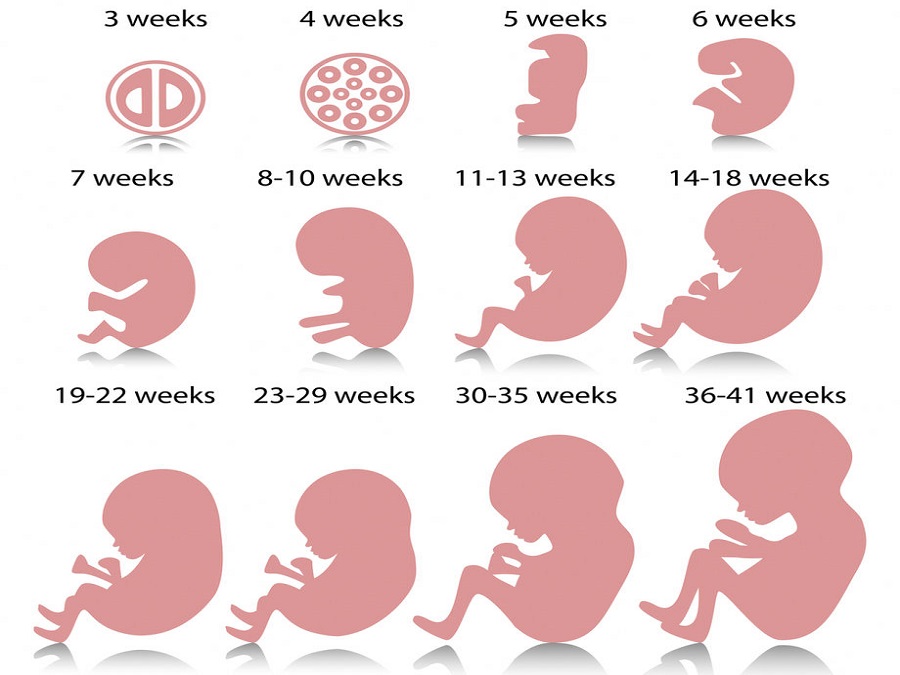 strict weight control. In the III trimester of pregnancy, the daily weight gain should be no more than 50 g, i.e. no more than 300 g per week. You should also monitor the ratio of drunk and secreted fluid.
strict weight control. In the III trimester of pregnancy, the daily weight gain should be no more than 50 g, i.e. no more than 300 g per week. You should also monitor the ratio of drunk and secreted fluid.
31-32 weeks
Have you asked your doctor how the fetus is? Find out now it's very important. Its position can be longitudinal, transverse, oblique. Correct, normal is the longitudinal position of the fetus. Childbirth is safer with cephalic presentation. From this period of pregnancy, it is necessary to wear a prenatal bandage that will support the anterior abdominal wall and help maintain the correct position and presentation of the fetus. If the presentation of the fetus is breech, i.e. above the entrance to the pelvis is the pelvic end of the fetus, then the bandage should not be worn yet. There is gymnastics to correct the presentation of the fetus.
In the morning and evening for 1 hour, do the following: lie down on the bed on your left side and lie quietly for 15 minutes, then turn over to your right side and lie for the next 15 minutes, and then repeat these turns 2 more times.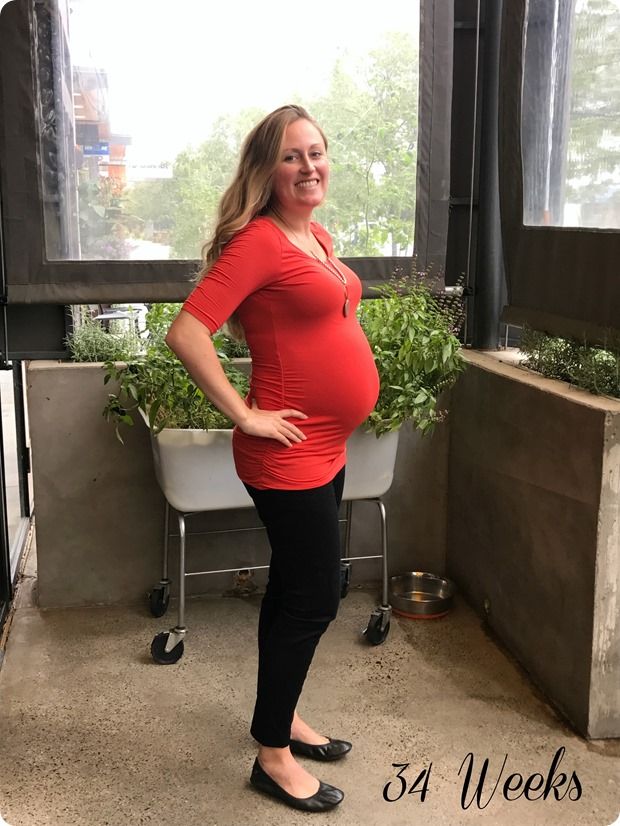
Pregnant women with Rh-negative blood and with O (I) blood type need blood tests for Rh - or group immune antibodies. Immunization of pregnant women with Rh-negative blood is carried out from 28 weeks and within 72 hours after childbirth according to the indications, which will be discussed by the doctor observing you in the antenatal clinic.
33-34 weeks
The fetus already has a mass of 1800-2100 g, a height of 40-41 cm. By the end of this period, its lungs will begin to produce surfactant in full and will be able to breathe without special equipment. The fetus is fully developed, its chances of surviving in case of preterm birth are greatly increased. However, there is still extremely little subcutaneous fat, so his skin is thin and has a red color. Such a newborn retains heat very poorly and at birth needs an incubator or a heating pad. His body is still covered with fluff and cheese-like grease, the auricles are still very small, but they are already beginning to straighten out, the boy's testicles descend into the scrotum.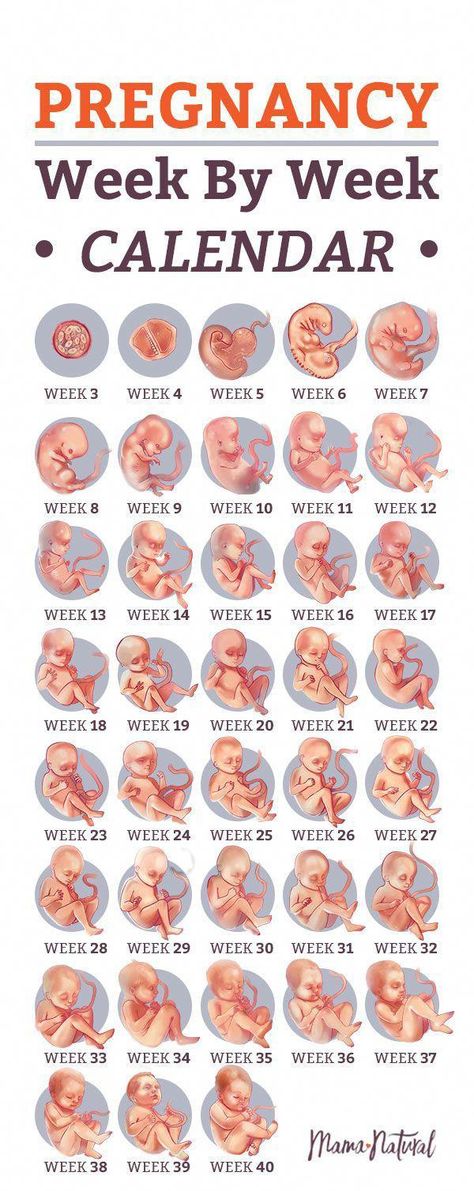
Caring for a premature baby is the hardest work for the whole family, associated with high material costs, physical overload of parents, and this work is not always rewarded, since a child can be born and remain sick. Therefore, up to 37 weeks of pregnancy, a woman should be especially attentive to her condition and, at the slightest suspicion of an increase in the tone of the uterus, starting frequent and regular contractions, immediately consult a doctor.
Doctors know that women, in anticipation of the arrival of a new person in the house, begin to glue walls and paint ceilings during this period. Don't take unnecessary risks. For this, prenatal leave is provided from 30 weeks, so that you can avoid overwork, do not push in transport, and have the opportunity to sleep. So repairs, stuffy shops, queues are no longer for you.
35-36 weeks
The fetus already has a mass of 2100-2700 g and a height of 44-45 cm. It is advisable to see a doctor during this period of pregnancy at least once every 10 days.
37-38 weeks
From this point on, your pregnancy is considered full-term. And if you have a baby in these weeks, he will live. Its development is complete. Now he has a mass of approximately 2700-3000 g. Height is 49-50 cm. The remaining two weeks he will add a little in weight and height.
It becomes easier for you to breathe, as the fetal head is pressed tightly against the entrance to the pelvis, the uterus pulls the anterior abdominal wall more, and therefore its bottom sank lower. Tension of the uterus; small sharp pulling pains in the lumbar region.
With an exacerbation of extragenital diseases, the appearance of signs of toxicosis in the second half of pregnancy, with an incorrect position of the fetus, with some gynecological diseases, against which pregnancy develops, a scar on the uterus, etc., early prenatal hospitalization is required. Do not forget to take an exchange card, passport, medical insurance policy and birth certificate to the hospital.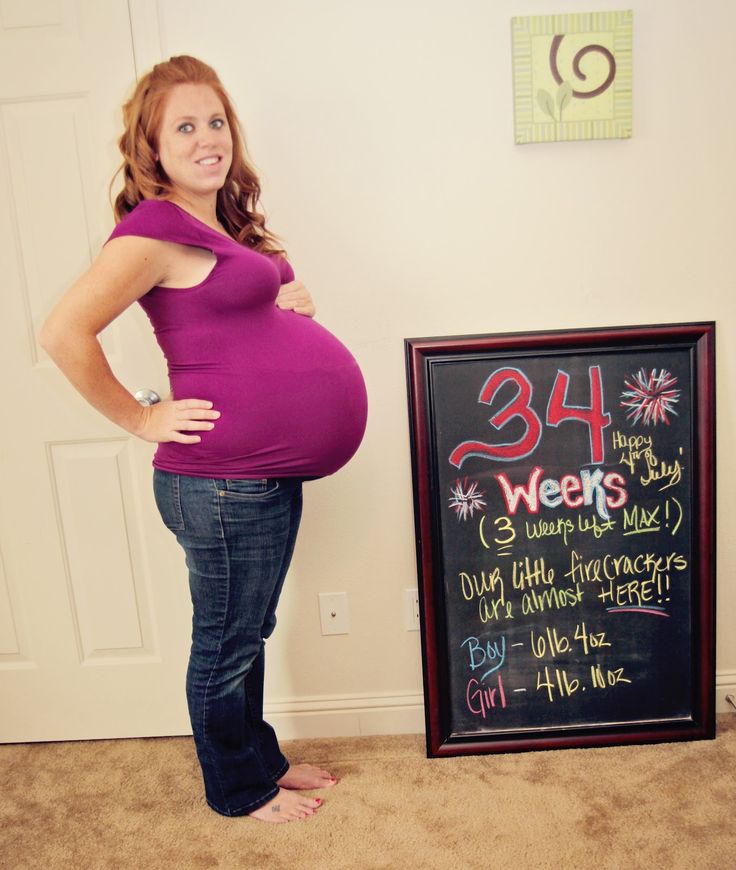
39-40 weeks
You can find out the approximate day of delivery by the date of the last normal menstruation - count back three months and add 7 days. The resulting number will be the estimated date of birth. More precisely, according to many parameters, ultrasound data, additional studies, the date of the first fetal movement, the date of the first visit to the obstetrician-gynecologist, especially if the visit was before 11-12 weeks of pregnancy.
The child already has all the signs of maturity. His weight is more than 3000 g, and his height is more than 50 cm, he has fair skin, a sufficient amount of subcutaneous fat, he retains heat and does not need special heating. He will scream loudly, breathe, suck. There is a very small amount of lubricant on the skin, which will no longer be able to protect it from the effects of amniotic fluid.
For you, regular contractions (1 contraction every 10 minutes) will become an indicator of the beginning of the birth process, or you will feel the outflow of amniotic fluid, you will see scanty bloody discharge - do not panic, call an ambulance, the telephone number for transportation for pregnant women is written on the margins of your exchange card. While she is driving, change your clothes, prepare your passport, exchange card, medical insurance policy and birth certificate.
While she is driving, change your clothes, prepare your passport, exchange card, medical insurance policy and birth certificate.
5-8 weeks of pregnancy
The fifth week for the baby
The fifth week of embryo development is significant for the separation of the body of the unborn child and extraembryonic auxiliary structures - the yolk sac, amniotic bladder, chorion. The process of active formation of organs and tissues continues. At this time, the birth of all the main systems of the future organism is taking place.
At the fifth week, the size of the embryo is 1.2-1.5 mm. It is possible to see the anterior pole - the place of the future head, as well as the posterior pole - the place of the future legs. The formation of the body occurs according to the law of symmetry - a chord is laid along, which is the axis of symmetry. It is around it that the laying of future symmetrical internal organs takes place. In the future, some of them will be formed by merging the rudiments (liver, heart), and some will remain double (lungs, kidneys, etc.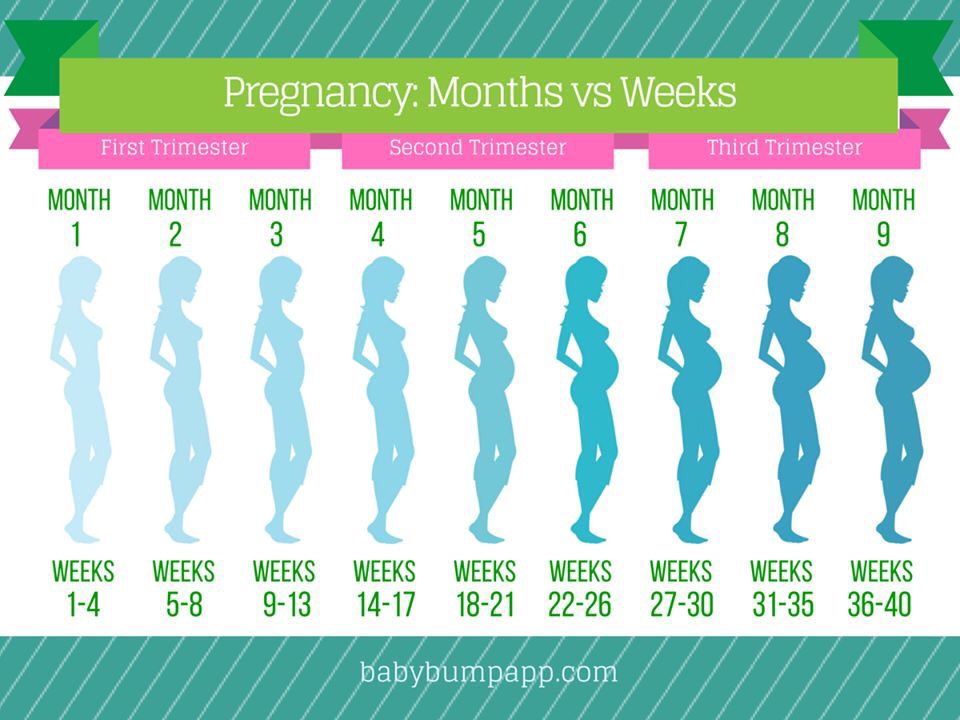 ).
).
The fetus in this period is in a curved state and looks like the letter C. By the end of the fifth week, the heart begins to pulsate, which has already formed. From the middle germ layer (mesoderm) begins the formation of the pancreas, liver, lungs, thyroid gland, trachea and larynx.
The formation of the central nervous system also begins on the fifth allotment. The cells, which were previously located flat, begin to roll up, i.e., the formation of the neural tube occurs. The viability of the fetus is largely dependent on the complete closure of the tube, so the fifth week is of great importance. Folic acid is able to contribute to the high-quality closure of the tube. Therefore, when planning a pregnancy, specialists recommend taking drugs containing this substance. Also, folic acid is needed throughout the first trimester, but its role is especially important during 5-7 weeks. Along the tube there are bulges from which the formation of the brain sections will occur.
The processes located along the neural tube are called somites and represent future muscles.
Also, the fifth week is characterized by the beginning of the formation of germ cells in the embryo - this is another important moment in his life. In future people, at the stage of early development, the rudiments of eggs and spermatozoa are already laid.
Expectant mother at the fifth week
The period of five weeks is quite early, so if changes occur in the female body, they are insignificant. At this time, the cycle delay is one week, which not every woman pays attention to. If she is aware of her situation, thoughtfulness, peace, or, conversely, high activity may appear.
Starting from the fifth week, odor intolerance and nausea are likely. Most women are prone to early toxicosis, which manifests itself in the form of vomiting, which usually occurs in the morning. Toxicosis can be both mild and severe. The second is accompanied by incessant vomiting. Women who are faced with a severe form of toxicosis are subject to hospitalization.
Women who are faced with a severe form of toxicosis are subject to hospitalization.
A feeling of heaviness in the chest or slight pain when pressed is also a sign of early pregnancy.
Sixth week for baby
During the sixth week, the embryo grows from approximately 3 mm to 6-7 mm. At this time, the shape of the embryo is cylindrical and resembles to a certain extent the embryo of a fish. The rudiments of arms and legs appear along the body, which in the sixth week have the form of processes. The arms are formed faster than the lower extremities; by the end of the sixth week, the rudiments of the hands are formed. The legs are not yet formed at the moment and remain in the rudimentary stage. At this time, the tube must completely close, and the rudiments of the hemispheres are formed from the brain bubbles.
The heart at this stage is characterized by intensive development and active pulsation. Inside this organ, division into chambers and compartments occurs, ventricles and atria appear. If you use highly sensitive ultrasound equipment, the heartbeat of the fetus can already be caught. 100-160 beats per minute at this stage makes the heart.
If you use highly sensitive ultrasound equipment, the heartbeat of the fetus can already be caught. 100-160 beats per minute at this stage makes the heart.
Also on the sixth week, the digestive tube is formed, which ends with the formation of the large and small intestines, stomach.
The sex glands continue to develop, the ureters are formed. An important process at this stage is the formation of chorionic villi, i.e., the laying of the future placenta. The sixth week is marked by the active stage of vascular growth and the "training" of the placenta. Of course, as a separate organ, the placenta has not yet formed and does not fulfill its functions, but the first trial steps are already being taken - there is an exchange of blood between the mother and the embryo, such an exchange is the precursor of future blood circulation.
The sixth week for the future mother
If the cycle is delayed by two weeks, which corresponds to the sixth obstetric week, the manifestations of toxicosis may increase in a woman.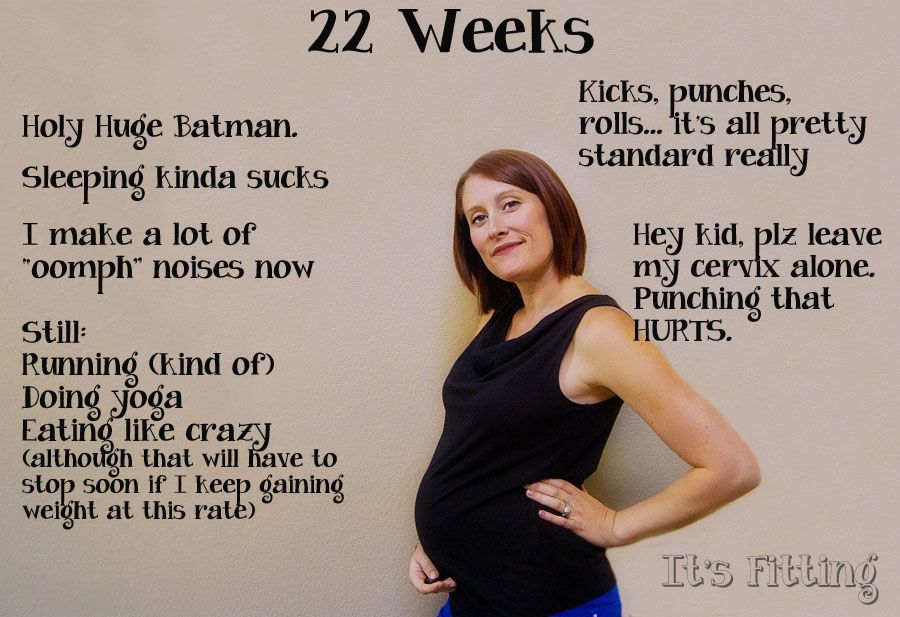 Nausea often leads to vomiting. If this happens more than two or three times a day, you should contact a specialist. In the chest, vascular permeability changes due to changes in the hormonal background. Therefore, a periodic sensation of tingling may join the feeling of fullness of the glands.
Nausea often leads to vomiting. If this happens more than two or three times a day, you should contact a specialist. In the chest, vascular permeability changes due to changes in the hormonal background. Therefore, a periodic sensation of tingling may join the feeling of fullness of the glands.
A woman in the sixth week is often accompanied by irritability, drowsiness, fatigue and weakness. All of these symptoms are the result of the influence of the hormonal background, which tries to create the best conditions for the development of the child. Experts note that the severity of the course of toxicosis directly depends on the emotional state of the woman. Therefore, the expectant mother should limit physical activity, avoid stressful situations, provide positive emotions and good mood.
Women may develop new taste preferences. Undoubtedly, it is necessary to ensure the comfort of the expectant mother, but one should not forget about common sense when choosing a diet. Even if it attracts to harmful products, they should not be consumed, of course, smoking and alcohol are contraindicated. It is undesirable to use smoked meats and any products containing chemical elements. The more correct the diet, the more benefits it can bring to the unborn baby.
It is undesirable to use smoked meats and any products containing chemical elements. The more correct the diet, the more benefits it can bring to the unborn baby.
Special attention should be paid to the water balance. Dehydration can only aggravate toxicosis, so it is important to monitor the amount of fluid consumed. Sometimes fruits, water and juices even become the only possible food for a woman.
Seventh week for a baby
At this age, the embryo reaches a length of 8-11 mm, its weight at the seventh week is less than a gram. The head is equal in size to half the body, while the shape of the body is arched. You can see in the lower part of the pelvic end a continuation of the coccyx, which outwardly resembles a tail.
On the seventh week, the formation of the embryo occurs quite intensively. On the hands, you can already see the interdigital spaces, but there is no division into individual fingers yet. The embryo begins to develop a face, on which a nasal fossa appears.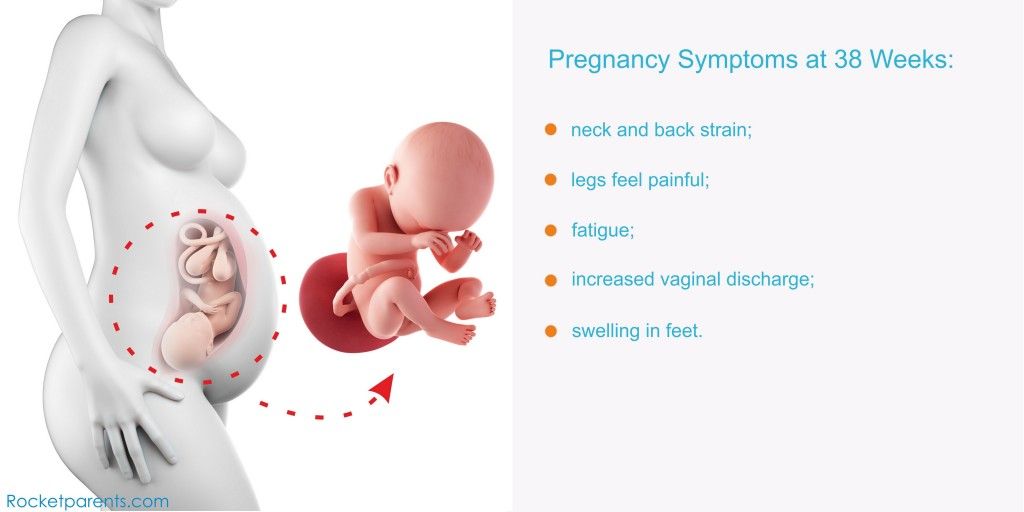 In this place, a nose is formed a little later. Also in the seventh week, the initial development of the auricles occurs. They begin to form from two elevations on the head, both jaws are formed.
In this place, a nose is formed a little later. Also in the seventh week, the initial development of the auricles occurs. They begin to form from two elevations on the head, both jaws are formed.
The seventh week is characterized by such an important event as the formation of the circulatory system of the female body and the fetus, as well as the umbilical cord. There is uteroplacental blood flow. From now on, tissue respiration and nutrition of the fetus occur through maternal blood. The unborn child falls under the protection of the mother's body. The future placenta (chorion) not only nourishes the embryo, but also acts as a protective filter, preventing harmful microorganisms and toxins that can significantly harm the fetus.
Seventh week for the expectant mother
From the seventh week, the growth of the uterus begins in a woman, this can be determined by a specialist during a gynecological examination. At this stage, many expectant mothers have an increase in the abdomen, which is one of the main signs of pregnancy. The growth of the uterus and the size of the embryo cannot cause an increase in the abdomen. This is due to the action of progesterone, which leads to lethargy of the intestinal loops, as well as a decrease in the tone of the anterior abdominal wall. Bloating occurs, which is the cause of visible changes in the abdomen.
The growth of the uterus and the size of the embryo cannot cause an increase in the abdomen. This is due to the action of progesterone, which leads to lethargy of the intestinal loops, as well as a decrease in the tone of the anterior abdominal wall. Bloating occurs, which is the cause of visible changes in the abdomen.
Increased urination is a consequence of the fact that the total volume of blood in the female body increases. Such a change will accompany the expectant mother throughout the pregnancy and will especially manifest itself in the last trimester. If pain occurs during urination, then there is a reason for a visit to the doctor, since this is not considered the norm. Changes in bowel function are possible, constipation and diarrhea can occur with equal probability. The reasons may be a change in the usual diet or hormonal levels. Since regular daily stools ensure the timely removal of toxins from the body of the expectant mother, it must be carefully monitored. If you have problems with bowel movements, you should consult a specialist.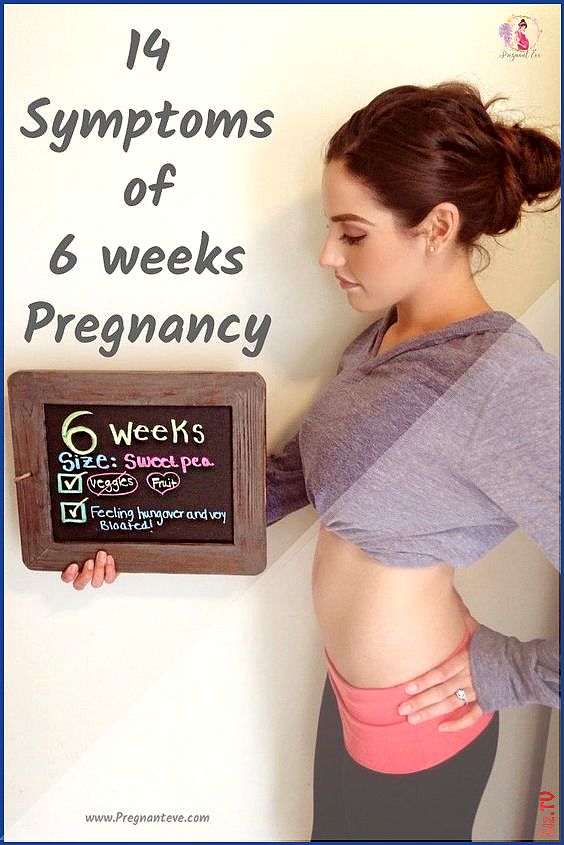
Eighth week for baby
The embryo is 15-20 mm long by the beginning of the eighth week and 40 mm by the end of it. The mass of the embryo is five grams. After the eighth week, the embryonic period ends and the fetal period begins. After eight weeks, experts no longer use the term embryo, the unborn child is called the fetus until it is born. The main features of the eighth week are the intensive development and modification of the embryo. There is a straightening of the body, and it is increasingly divided into segments - limbs, head and torso.
At this stage, the nervous system is actively developing. Also on the eighth week, the brain is divided into sections, the hemispheres are more clearly outlined, convolutions are formed.
The face of the unborn child becomes more prominent, ears, nostrils, eyes are formed. By the end of the eighth week, the upper lip is fully connected, and the face looks quite distinctly formed.
The process of ossification of the skull, arms and legs belongs to the features of this period. Bones harden. The formation of the fingers occurs, and the large one becomes isolated and opposed to the palm. Large joints (elbows and knees) are formed.
Bones harden. The formation of the fingers occurs, and the large one becomes isolated and opposed to the palm. Large joints (elbows and knees) are formed.
Brain structures, which are responsible for muscle tone, and the muscular system itself are also being actively formed. This allows the embryo to perform a variety of movements. The development of the digestive tract is almost completed by the end of this week. The intestines and stomach are supplied with nerve endings, which in the future will be able to provide motor functions of the gastrointestinal tract, the cavities of the kidneys, heart, bladder and ureters are formed.
The vascular system develops in the future placenta. The chorionic villi penetrate deeply into the wall of the uterus. Utero-placental circulation becomes full. The complex supply of the growing fetus is provided by the vessels of the umbilical cord, through which it receives blood enriched with oxygen and a variety of nutrients. Also, through these vessels, metabolic products and carbon dioxide are removed.